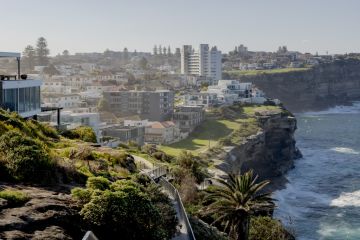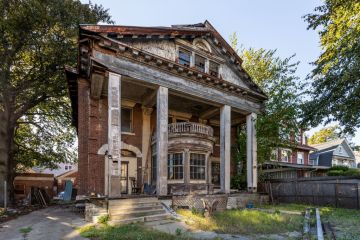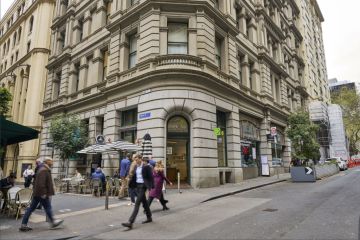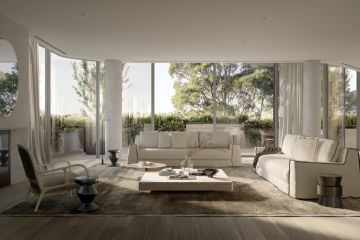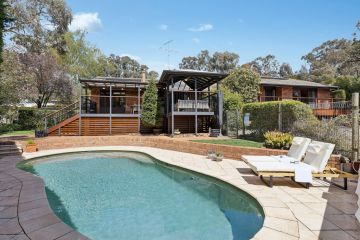Why our poorer suburbs could be up to 10 degrees hotter than their wealthier neighbours
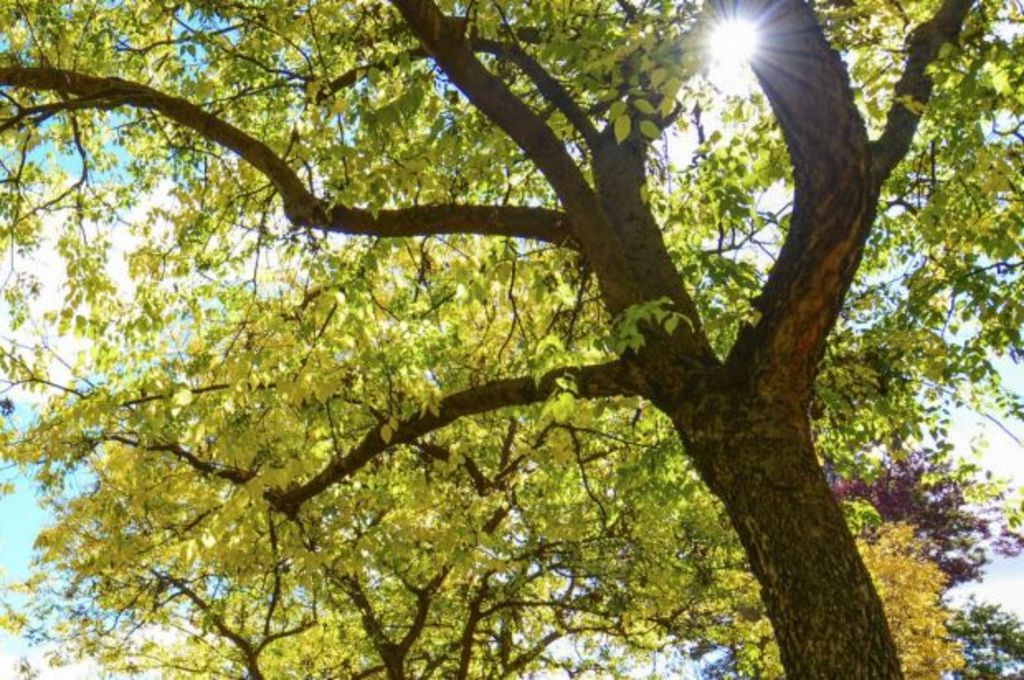
Poor and disadvantaged Australian suburbs are at risk of being more than 10 degrees hotter than greener, wealthier areas, an RMIT University study has found.
The research found Australian metropolitan areas have experienced a loss of vegetation equivalent to the size of Brisbane in the past three years, risking heat spikes – particularly in less-affluent areas.
The Where Should All the Trees Go report – produced together with CSIRO Data 61 and the University of Western Australia – examines greenness levels in Australia’s metropolitan areas and found a strong link between the affluent areas of towns and a lack of heat.
Of all the capital city local government areas, Greater Brisbane and Greater Hobart fared the best, showing the highest percentage of tree and shrub canopy cover.
In some of the larger cities such as Melbourne and Sydney, there was a link between national parks and affluence. Melbourne’s areas to the east were generally cooler than those to the west, while in Sydney, the upper north shore was cooler compared with areas to the south and west, the report says.
Overall, Adelaide and Greater Melbourne fared the worst, showing the least amount of tree and shrub canopy cover.
Lead author associate professor Marco Amati, of the RMIT Centre for Urban Research, said the greening efforts of local governments had not been as effective as hoped, with a major decline in canopy coverage: “As they lose vegetation, urban areas start to act like heat sponges,” he said.
Mr Amati said that while some areas were by nature always going to have less tree cover due to their inland locations – Ballarat was an example – others were hotter often because they housed a large percentage of renters, who typically don’t create more green space.
- Related: Green walls in Brisbane’s West End labelled a ‘failure’
- Related: Six minutes costs you $1 million in Brisbane
- Related: The suburbs at the end of their life cycle
“Areas with a large percentage of home owners will typically have more green space, they will invest more money in their gardens and communities than renters,” he said.
However, he pointed out that even in areas with high home ownership, such as greenfield sites, green space was lacking because residents favoured developing their houses over preserving or planting trees.
“People are strange about trees in general. One of the concerns I have is that when people capitalise their properties with things like pools and triple garages, they get concerned about maintenance and trees and shrubs get removed.
“Are leaves going to fall in my pool? Is a branch going to fall off and scratch my car? Despite the benefits, people love to get rid of trees. For me, that’s a worry. I’d take a well-treed or canopied street or house any day.”
Phil Heywood, QUT adjunct professor and highly respected urban planning expert, said the “browning” of the inner suburbs was a “disaster that we don’t have to have”.
“These findings are accurate and important but they’re capable of being altered. At the moment we’ve got development occurring that destroys vegetation and increases hard surfaces – and that has raised the temperature and lowered the habitability of these areas,” Mr Heywood said.
Older and disadvantaged people were being pushed out of inner suburbs by wealthy “densifiers” who are building infill properties on already-small blocks, he said.
“These disadvantaged people are being subjected to a process of invasion and succession,” he said.
“It’s a kind of insidious, slow seepage of densification allowed by local city councils that is pushing people out of these areas and into poorer areas.”
Mr Heywood said local governments could rectify the problem by introducing masses of small parks and community gardens.
“We don’t need massive, sprawling parks – we need intensive, small open spaces that the community can be part of,” he said.
Report co-author Dr Bryan Boruff, of the University of Western Australia, says urban vegetation losses and gains can often be explained by the changing nature of neighbourhoods nationwide.
“Local governments showing the greatest green space losses across Perth lie in a band that stretches from inland Melville to coastal East Fremantle where the traditional Aussie backyard is losing ground to densification and infill,” he said.
“While it is known that the Australian backyard is disappearing, much more research is required to understand the factors influencing this unanticipated trend to help get our urban greening back on track.”
We recommend
We thought you might like
States
Capital Cities
Capital Cities - Rentals
Popular Areas
Allhomes
More
